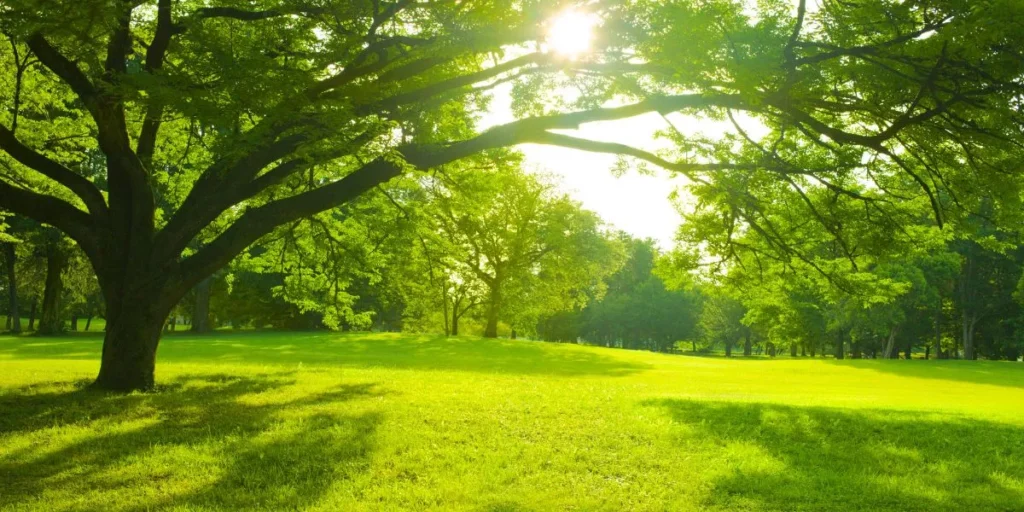
In order to create a truly sustainable garden, you need to consider essential elements that go beyond just planting. By focusing on water conservation, native plants, soil health, and pest management, you can establish a garden that not only flourishes but also contributes positively to the environment. These elements are crucial in ensuring your garden’s longevity and impact on the ecosystem. But how exactly do these components come together to form a sustainable garden?
Water Conservation Strategies
To reduce water usage in your garden, consider implementing efficient irrigation systems and collecting rainwater. Drip irrigation, for example, delivers water directly to the roots of plants, minimizing evaporation and water waste. Installing a rain barrel can also help you collect rainwater for later use, reducing the need for tap water.
Another strategy is to mulch your garden beds to retain moisture, preventing evaporation and reducing the frequency of watering. Additionally, watering your garden in the early morning or late evening can help minimize water loss due to evaporation during the hottest parts of the day.
Regularly checking for leaks in your irrigation system and fixing them promptly is crucial to avoid water wastage. Consider using a timer to schedule your watering sessions efficiently, ensuring that your plants receive adequate moisture without over-watering. By implementing these water conservation strategies, you can’t only reduce your water bill but also contribute to a more sustainable and eco-friendly garden.
Native Plant Selection
Consider selecting native plants for your garden to enhance sustainability and promote biodiversity. Native plants are adapted to the local climate, soil, and pests, requiring less water and maintenance once established. By choosing native species, you can create a habitat that supports local wildlife, such as birds, bees, and butterflies. These plants play a crucial role in the ecosystem, providing food and shelter for various organisms.
When selecting native plants, research which species are indigenous to your specific region. Look for plants that thrive in your area’s natural conditions, whether it’s sunny, shady, moist, or dry. Native plants can also help reduce the need for fertilizers and pesticides since they’re well-suited to the environment and are less prone to diseases.
Furthermore, incorporating native plants into your garden can add beauty and uniqueness. You can create a landscape that reflects the natural charm of your surroundings while contributing to the overall health of the ecosystem. Start by replacing a few non-native species with natives and observe the positive impact on your garden’s sustainability.
Soil Health and Fertility
Enhancing your garden’s sustainability involves maintaining optimal soil health and fertility. Healthy soil is the foundation for a thriving garden, providing essential nutrients for your plants to grow strong and resist diseases. To ensure your soil is healthy and fertile, consider practices such as adding organic matter like compost or manure to improve soil structure and nutrient content.
Regularly testing your soil can help you understand its pH levels and nutrient composition, allowing you to make informed decisions about fertilization. Avoid overusing synthetic fertilizers, as they can harm beneficial soil organisms and leach into water sources, causing pollution. Instead, opt for organic fertilizers that promote long-term soil health.
In addition to fertilization, practicing crop rotation can help prevent nutrient depletion and soil-borne diseases. By planting different crops each season, you can maintain soil fertility and balance nutrient levels naturally. Remember to also mulch your garden beds to retain moisture, suppress weeds, and improve soil structure over time.
Prioritizing soil health and fertility is key to creating a sustainable garden that will flourish for years to come.
Integrated Pest Management
Maintain a healthy balance in your garden by implementing Integrated Pest Management techniques. Integrated Pest Management (IPM) is a sustainable approach that focuses on preventing and managing pest problems while minimizing risks to human health and the environment. Start by identifying the pests present in your garden and understanding their lifecycle and behavior. This knowledge will help you choose the most effective and least harmful control methods.
Encourage natural predators like ladybugs, lacewings, and birds to help keep pest populations in check. Plant a diverse range of species to attract beneficial insects and create a balanced ecosystem. Utilize physical barriers such as row covers or netting to protect vulnerable plants from pest damage. Regularly monitor your garden for signs of pest infestations and intervene promptly to prevent widespread damage.
Consider using biological controls like nematodes or beneficial fungi to target specific pests without harming beneficial insects. If chemical controls are necessary, opt for low-toxicity options and apply them judiciously following label instructions. By incorporating Integrated Pest Management strategies into your gardening practices, you can effectively manage pests while promoting a healthy and thriving garden ecosystem.
Garden














